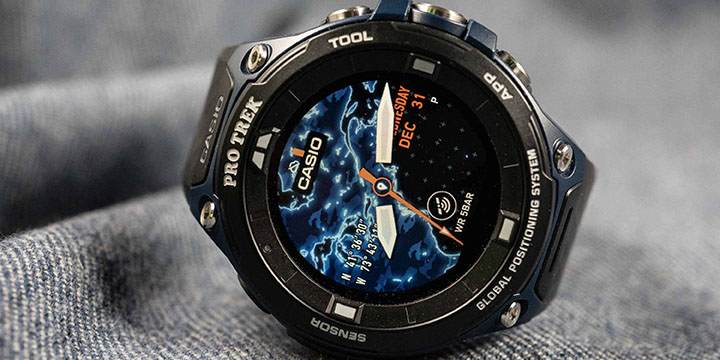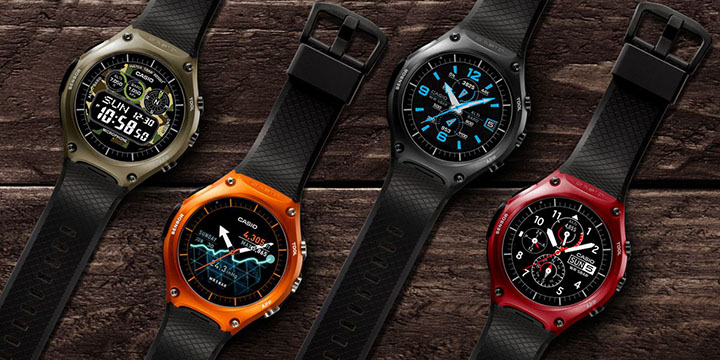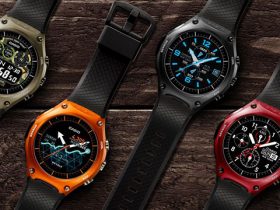When venturing into the wild — whether you’re hiking up a misty mountain, camping in a dense forest, or navigating unfamiliar trails — your gear can make or break your experience. Among the most vital pieces of equipment is an outdoor watch, a high-functioning timepiece designed not just to tell time, but to support your adventure with essential tools like GPS, barometric altimeters, compasses, and weather tracking.
In this article, we’ll dive deep into what makes an outdoor watch indispensable, the key features to look for, the types of outdoor watches, and the best use cases based on your activities. But now the market is flooded with replica watches from many brands, especially fake Rolex, which makes outdoor enthusiasts confused. Therefore, learning to distinguish between authentic and counterfeit is essential knowledge before buying an outdoor watch.
What Is an Outdoor Watch?
An outdoor watch is more than just a wristwatch. It’s a multifunctional, rugged device built to handle extreme environments. Unlike traditional watches, outdoor watches are designed to provide critical data for survival and navigation in remote and harsh conditions.
These watches often combine multiple sensors, digital mapping technology, and high-durability materials to withstand everything from sub-zero temperatures to torrential rain. Whether you’re a mountaineer, backcountry skier, or long-distance trail runner, an outdoor watch is like a miniature survival kit on your wrist.

Key Features of Outdoor Watches
GPS and Navigation
Perhaps the most crucial feature of an outdoor watch is the built-in GPS. It allows you to track your routes, save waypoints, and navigate unfamiliar terrain. Some high-end models support GLONASS and Galileo satellite systems for better accuracy and signal in challenging conditions like dense forests or deep canyons.
Many GPS watches also provide breadcrumb trails, which let you retrace your steps if you get lost.
Altimeter, Barometer, Compass (ABC Sensors)
Often referred to as ABC watches, these devices include:
- Altimeter: Measures altitude using GPS or barometric pressure, ideal for mountaineers.
- Barometer: Detects atmospheric pressure changes to predict weather shifts.
- Compass: Helps with orientation and directional navigation when GPS is unavailable.
Weather Forecasting and Storm Alerts
Advanced outdoor watches feature weather sensors that provide real-time forecasts. A sudden pressure drop detected by the barometer can trigger storm alerts, warning users to seek shelter.
Solar Charging and Long Battery Life
When you’re days away from civilization, battery life is critical. Outdoor watches often include:
- Solar charging: Prolong battery life using sunlight.
- Expedition or ultra-track modes: Reduce GPS frequency to extend battery life.
Durability and Water Resistance
Outdoor watches are built to MIL-STD-810G military-grade standards for thermal, shock, and water resistance. Features include:
- Survival in extreme temperatures
- Resistance to impacts and scratches
- Water resistance up to 100 meters or more
Activity Tracking and Health Monitoring
Modern outdoor watches also include health and fitness features like:
- Heart rate monitoring
- Pulse oximeter (SpO2)
- VO2 Max and sleep tracking
- Step counters and calorie estimates
Types of Outdoor Watches
Hiking and Trekking Watches
Designed for long treks, these watches focus on navigation and battery life. Features include topographic maps and waypoint tools.
Best for: Hikers, thru-hikers, backpackers
Examples: Garmin Fenix 7, Suunto Vertical
Mountaineering Watches
Built for high altitudes, these include enhanced ABC sensors and weather alerts.
Best for: Climbers, alpine adventurers
Examples: Coros Vertix 2, Casio Pro Trek
Trail Running and Endurance Sports Watches
These prioritize lightweight design and performance metrics.
Best for: Ultra runners, triathletes
Examples: Polar Grit X Pro, Garmin Forerunner 965
Military and Tactical Watches
Include stealth modes, night vision compatibility, and GPS projection.
Best for: Military professionals, survivalists
Examples: Garmin Tactix Delta, Suunto Traverse Alpha
Top Brands in the Outdoor Watch Market
- Garmin – GPS tech and multisport excellence
- Suunto – Clean design and strong navigation
- Casio – Rugged, budget-friendly options
- Coros – Long battery life and performance
- Polar – Fitness meets outdoor tracking
How to Choose the Right Outdoor Watch
Activity Type
Match the features with your adventure type. Hiking needs mapping, running needs data, climbing needs ABC sensors, and so on.
Battery Life
Look for solar or expedition modes if you’re going on extended trips.
Display Type
- Transflective: Good for sunlight visibility
- AMOLED: Brighter and colorful, but drains faster
Price
Options range from $100 to $1000+. Entry-level around $200, premium above $600.
Smartwatch vs. Outdoor Watch: Can You Have Both?
Hybrid watches now support features like:
- Smartphone Notifications
- Music Control
- App Integration
Garmin Fenix and Suunto Vertical are good smartwatch-outdoor watch combos.
Final Thoughts
An outdoor watch isn’t just an accessory; it’s a strategic piece of survival and performance gear. Whether you’re hiking remote trails or braving winter peaks, the right watch helps you track progress, stay oriented, and stay safe.
With constant innovation in battery life, sensor accuracy, and smart features, outdoor watches are evolving into compact outdoor computers for your wrist. Choosing the right one could be the difference between a good trip — and a great one.







Leave a Reply